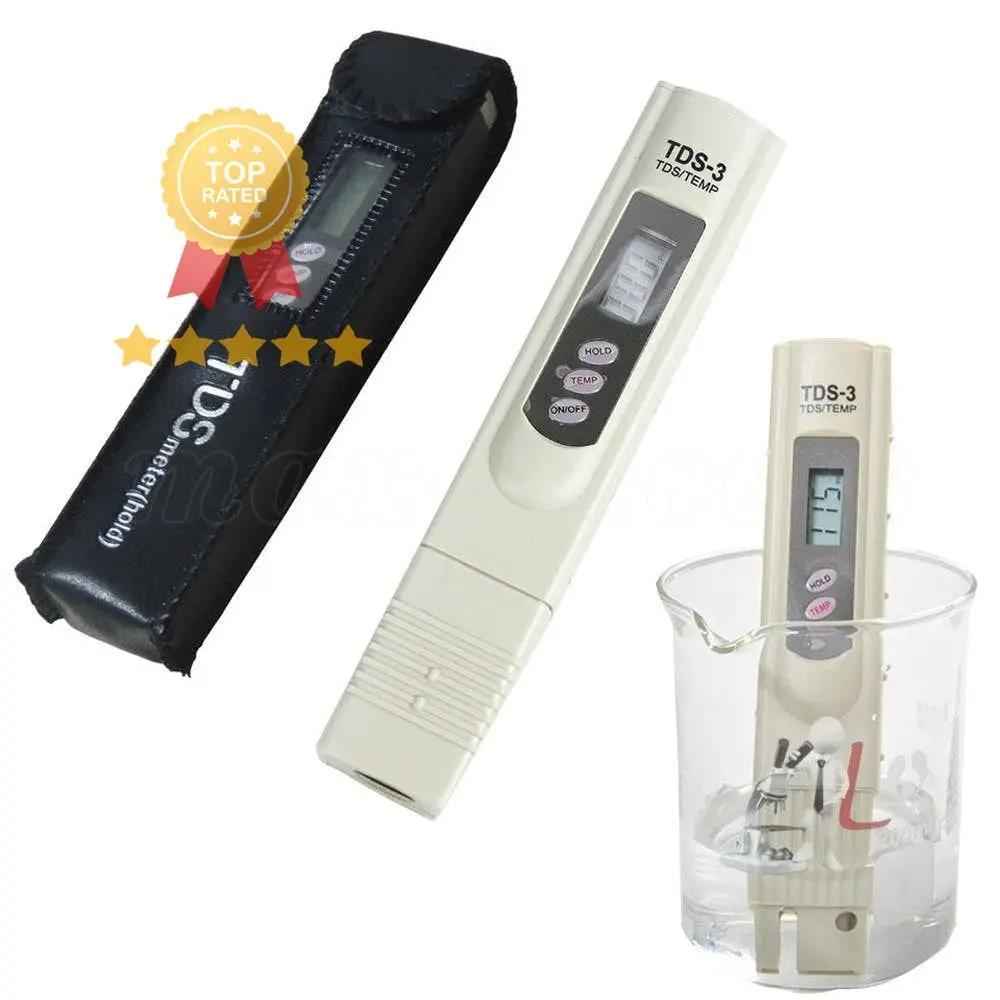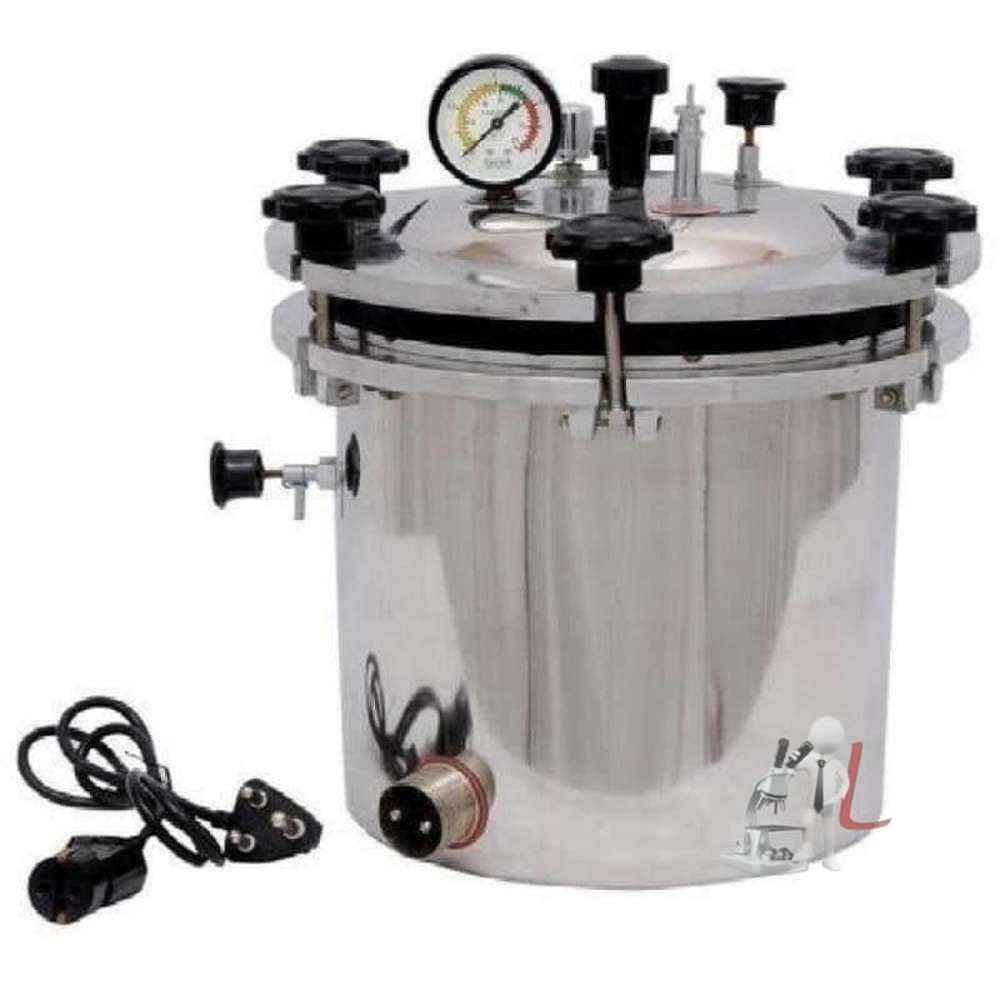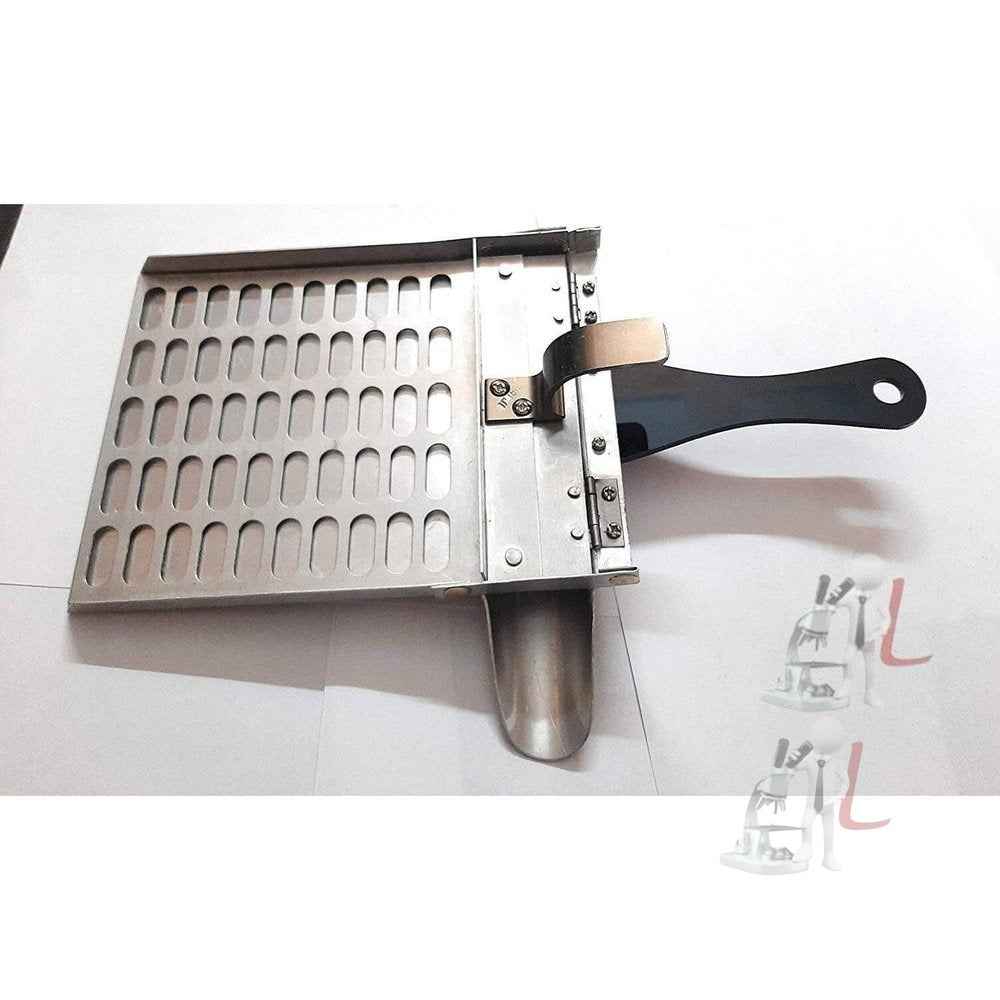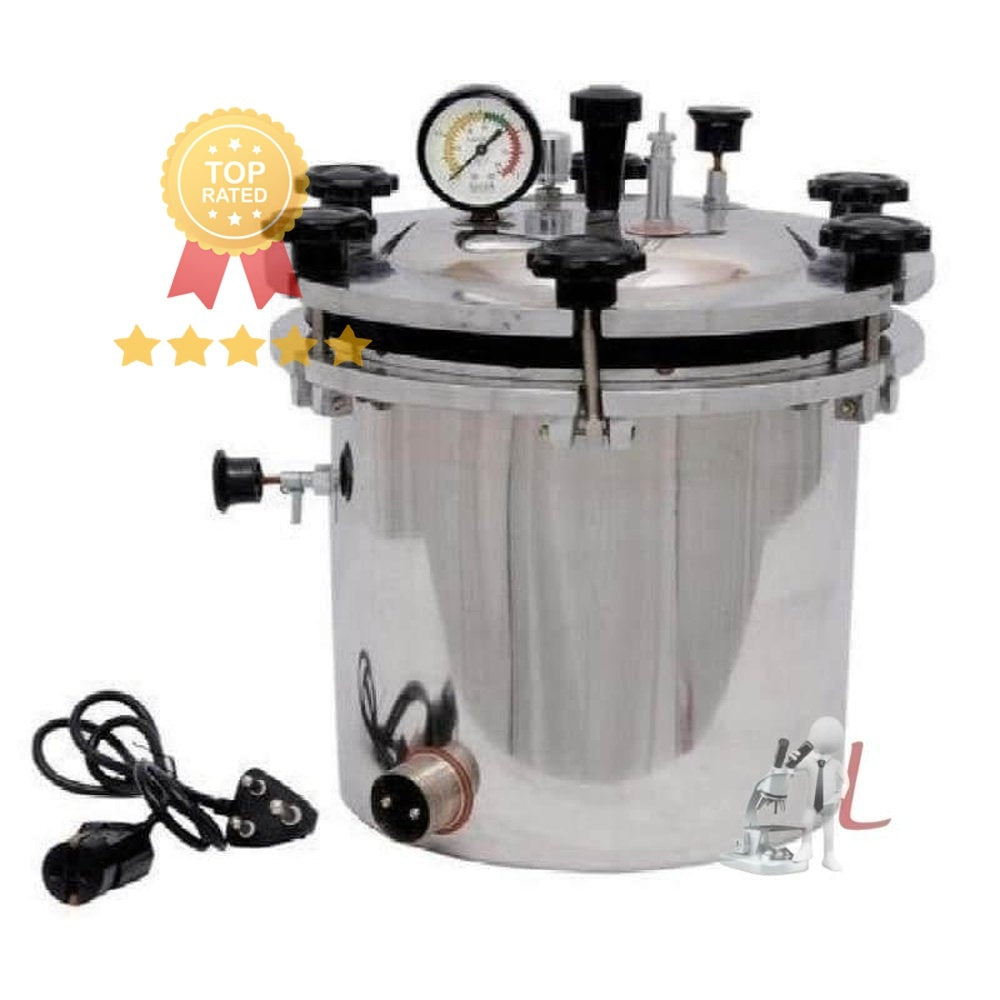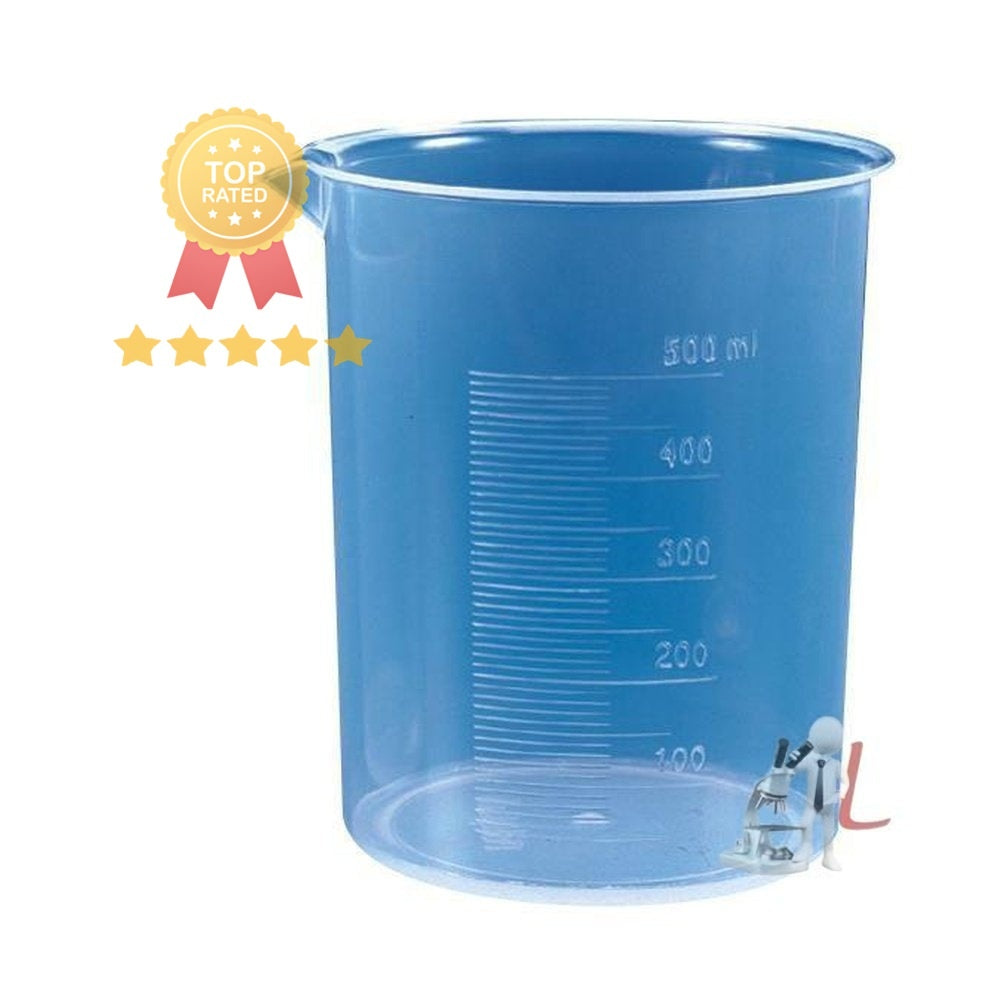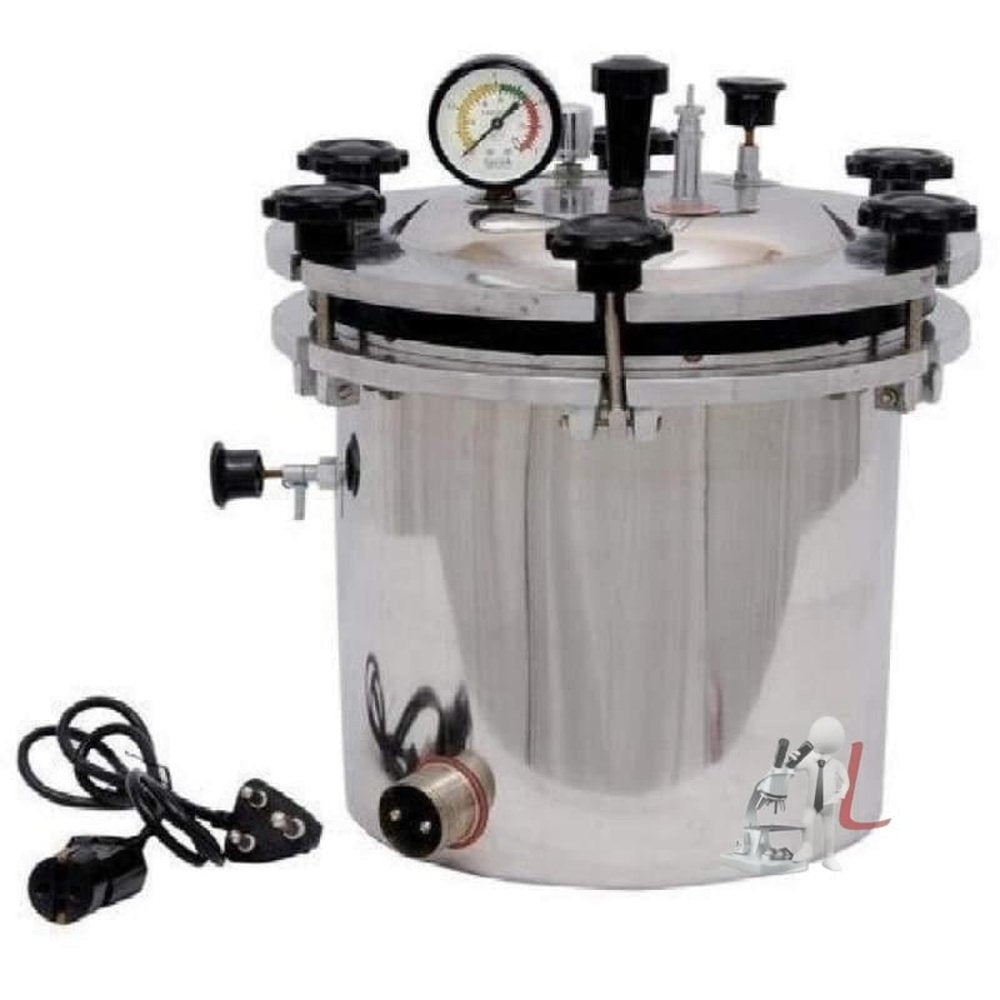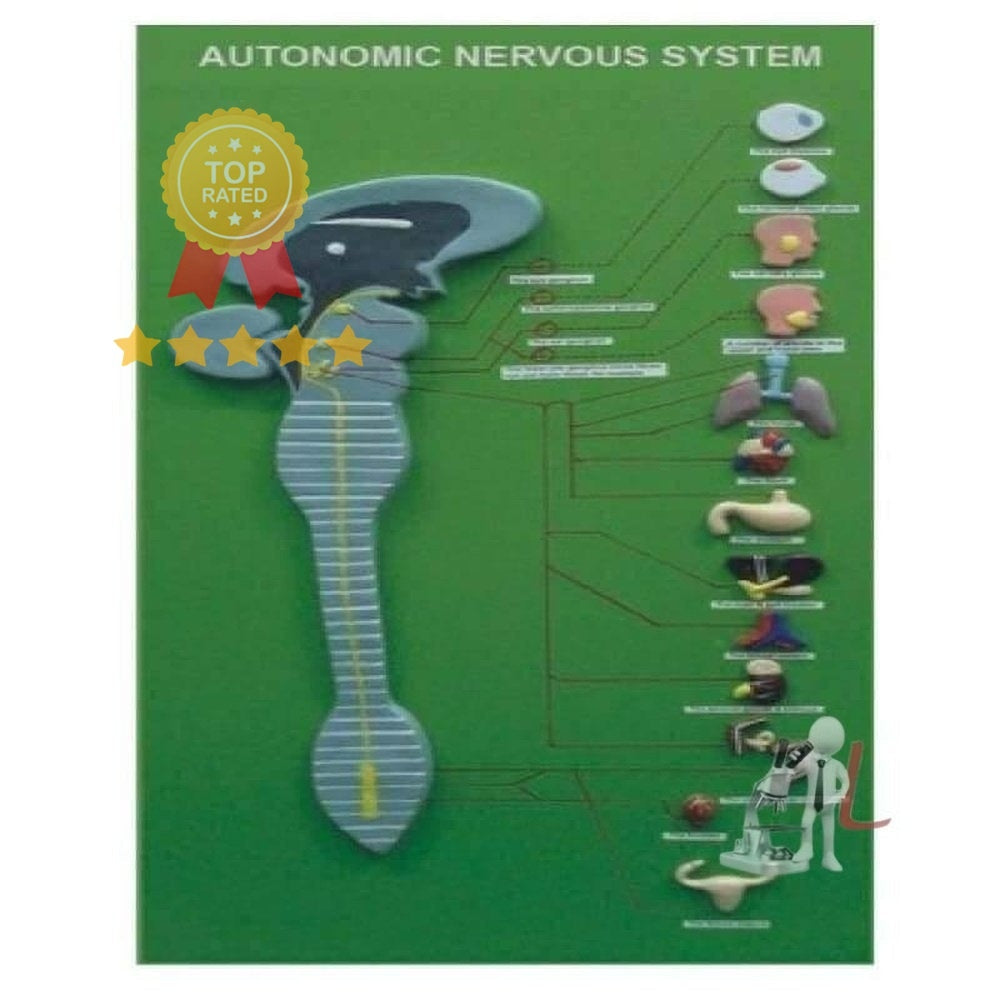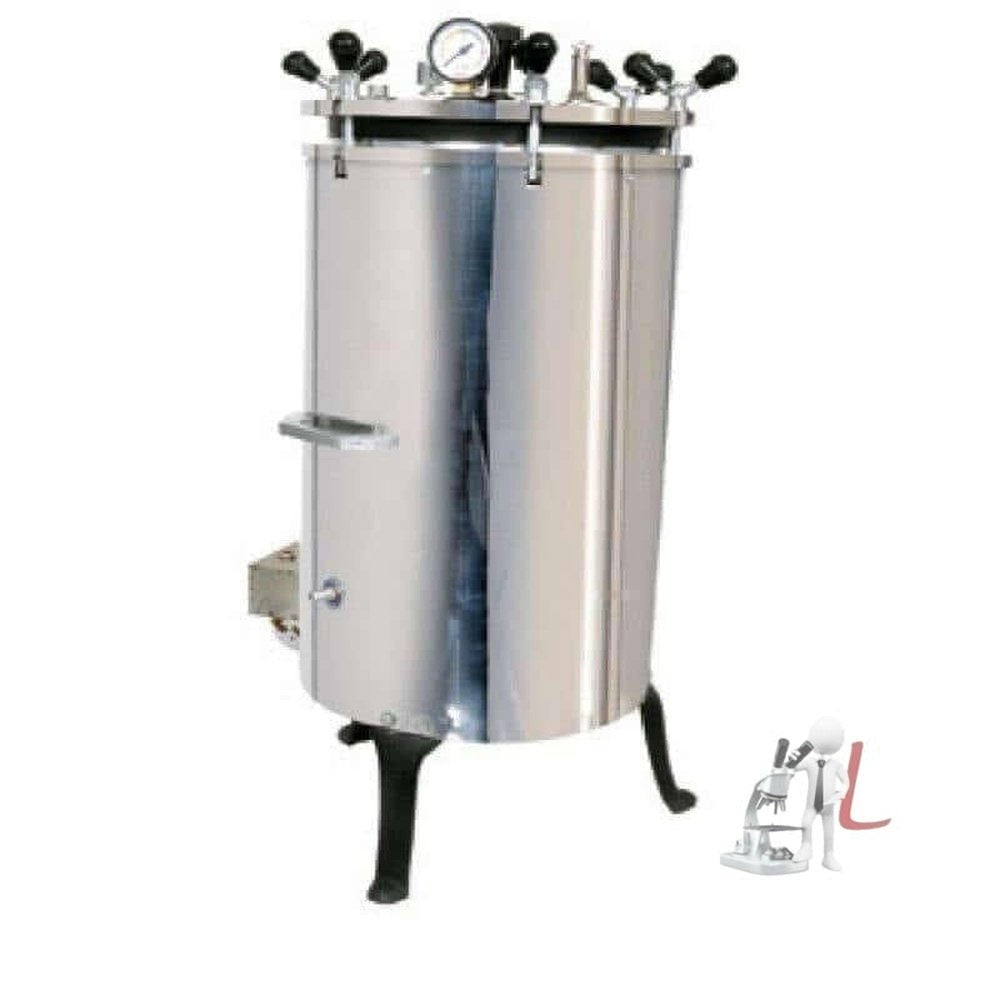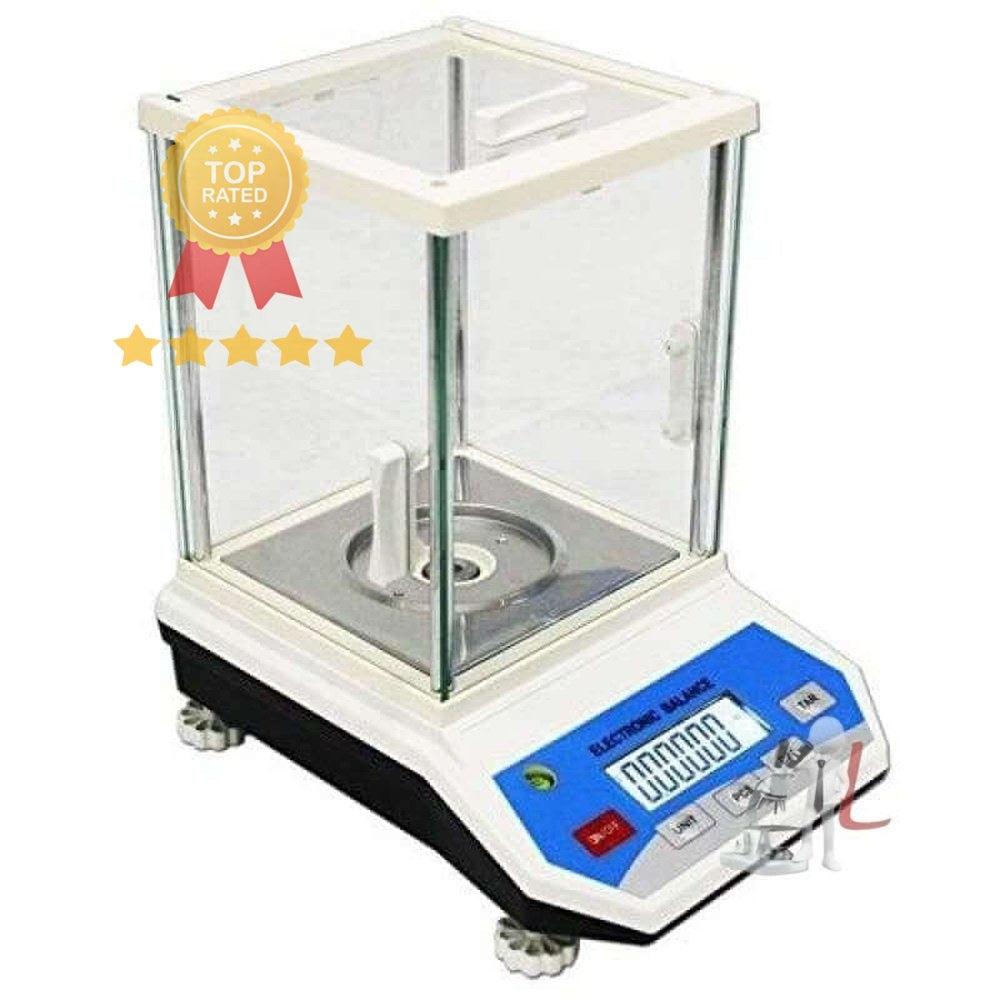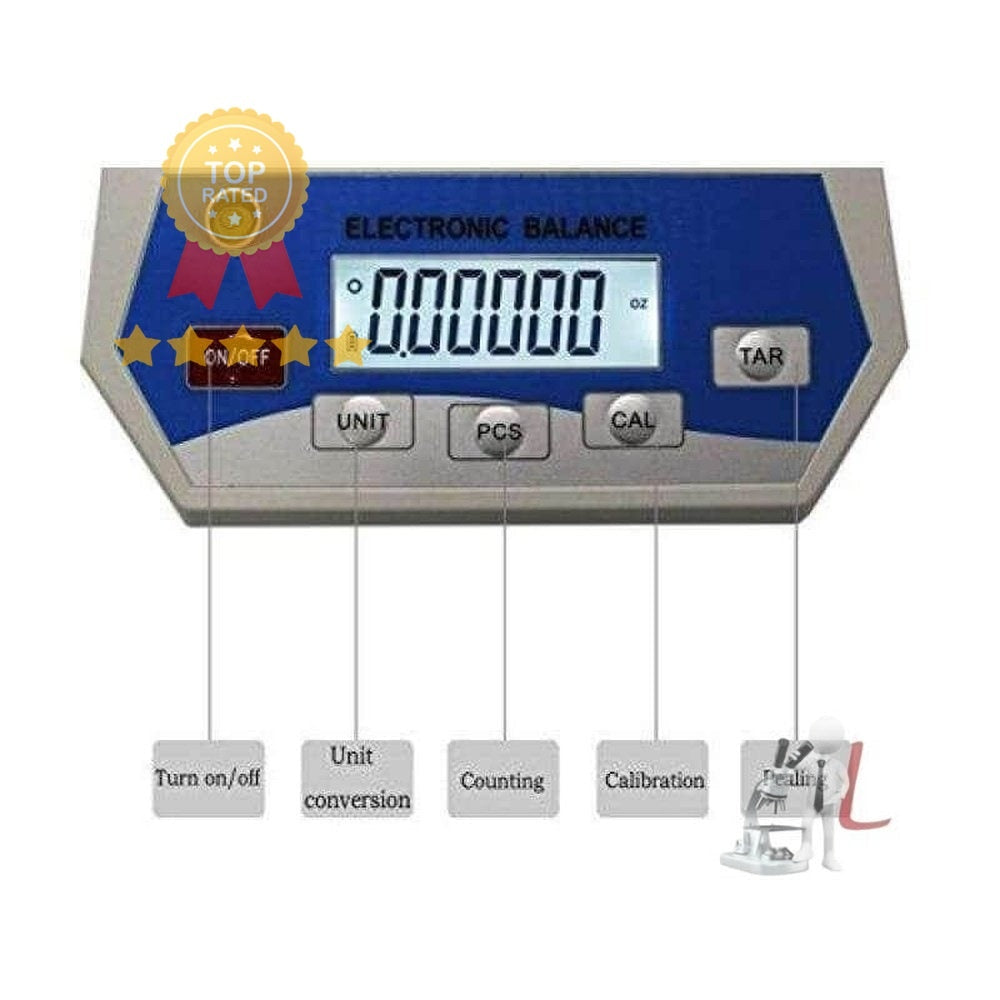Genetics and Plant Breeding Equipment
Genetics and Plant Breeding Equipment is essential for advancing research and practical applications in the fields of agriculture, horticulture, and plant biology. These tools and devices enable scientists and researchers to manipulate plant traits, enhance crop yields, and develop resistant varieties against diseases and environmental stressors. With the ever-growing global population and the pressing need for sustainable farming practices, investing in the right genetics and plant breeding equipment is more crucial than ever.
In the realm of plant breeding, genetic diversity is vital. Utilizing modern genetics and plant breeding equipment allows researchers to analyze the genetic makeup of plants. Techniques such as marker-assisted selection (MAS), quantitative trait loci (QTL) mapping, and genomic selection rely heavily on advanced equipment that can sequence DNA, analyze gene expression, and understand the relationships between genotype and phenotype. A variety of equipment is necessary to conduct these analyses, including PCR machines, sequencing devices, and software for bioinformatics.
Additionally, the greenhouse and field trial setups also form an integral part of plant breeding operations. Environmental controls, automated irrigation systems, and tools for monitoring plant health are all components of effective plant breeding programs. Proper growth conditions can significantly affect the outcomes of breeding experiments, making the right environmental equipment just as important as genetic analysis tools.
Laboratory equipment, such as centrifuges, incubators, and laminar flow hoods, are equally important. They help in the preparation and manipulation of plant tissues during various breeding processes, including tissue culture, genetic transformation, and hybridization. With advancements in technology, many of these devices come equipped with user-friendly interfaces and precise control mechanisms, making them indispensable for plant scientists.
The integration of technology into plant breeding extends to the use of drones and imaging systems for phenotyping. These technologies allow breeders to observe plant growth and development from above, assessing traits such as canopy cover, height, and flowering time. With high-resolution images and data analysis software, researchers can make informed decisions about which plants to cross, thus accelerating the breeding cycle.
Moreover, bioinformatics is rapidly becoming a key component in the field of genetics and plant breeding. Tools for data mining, genomic data analysis, and the visualization of complex genetic data are necessary for interpreting results and making breeding decisions. The use of cloud computing resources enables the storage and processing of large datasets, essential for modern breeding programs that require the analysis of thousands of genetic markers.
Training and education on the equipment are also critical. Institutions offering plant breeding programs must provide practical experience with the latest genetics and plant breeding equipment. Students and professionals alike should be proficient in using lab equipment, understanding its capabilities, and troubleshooting issues that may arise during experiments.
In conclusion, as the landscape of agriculture continues to evolve, the demand for cutting-edge genetics and plant breeding equipment will only grow. These tools empower researchers to push the boundaries of what’s possible in plant genetics, leading to innovative solutions in food production and sustainability. By choosing high-quality and reliable equipment, laboratories and research institutions can enhance their capabilities and contribute meaningfully to global agricultural challenges.
Filter
Sort by

